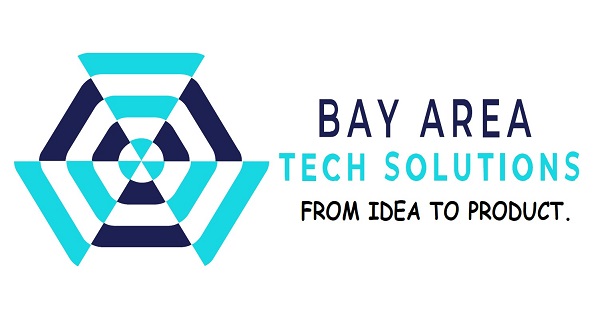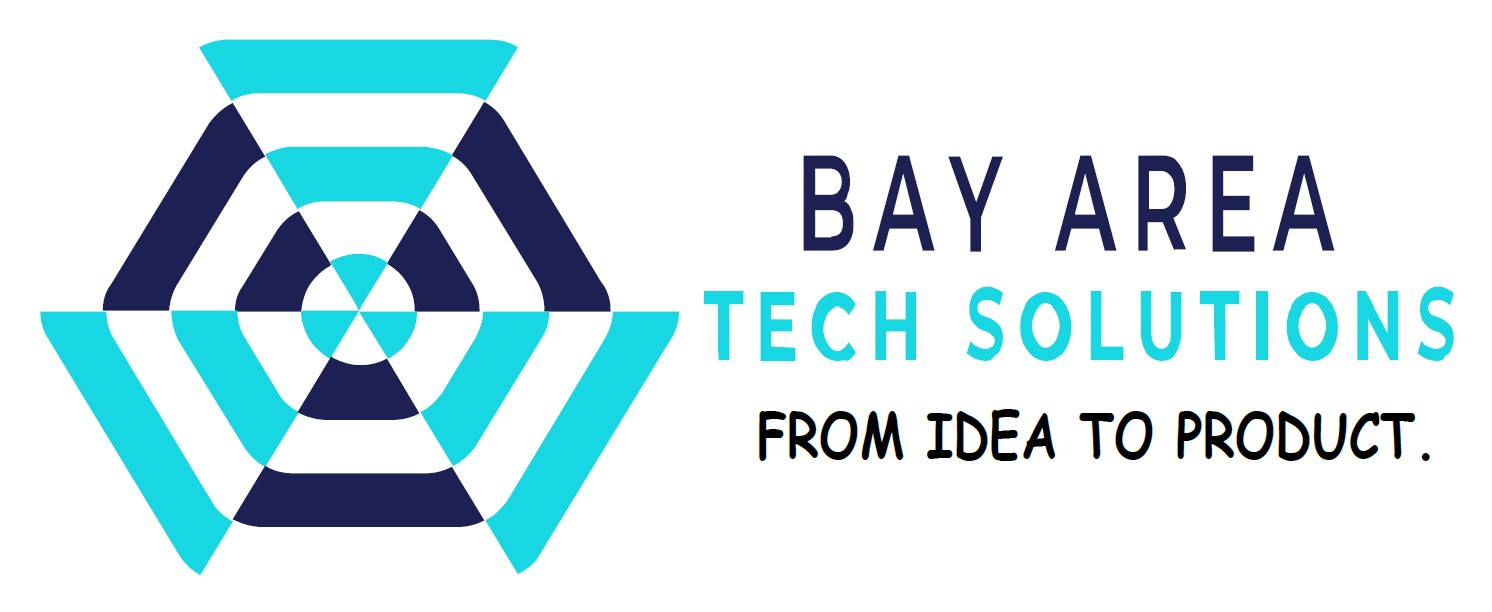What Is SDLC? Understand the Software Development Life Cycle
Software Development Life Cycle (SDLC) is a process that defines the steps and phases involved in creating software. The SDLC typically consists of the following phases:
- Planning: In the planning phase, the project team defines the scope and objectives of the software project, and creates a high-level plan for how the project will be executed.
- Analysis: In the analysis phase, the project team gathers and analyzes requirements, performs a risk assessment, and creates a detailed specification of the software to be developed.
- Design: In the design phase, the project team creates a detailed design of the software, including its architecture, user interface, and functionality.
- Implementation: In the implementation phase, the project team develops the software according to the design specification, using a variety of tools and technologies.
- Testing: In the testing phase, the project team tests the software to ensure that it meets the requirements and works as expected.
- Deployment: In the deployment phase, the software is installed and deployed to its target environment, and made available to users.
- Maintenance: In the maintenance phase, the project team provides ongoing support and maintenance for the software, including bug fixes, updates, and enhancements.
The SDLC is an important process that helps to ensure that software projects are completed successfully, on time and on budget. It provides a structured and systematic approach to software development, and helps to minimize risks and maximize the value of the software that is developed.








